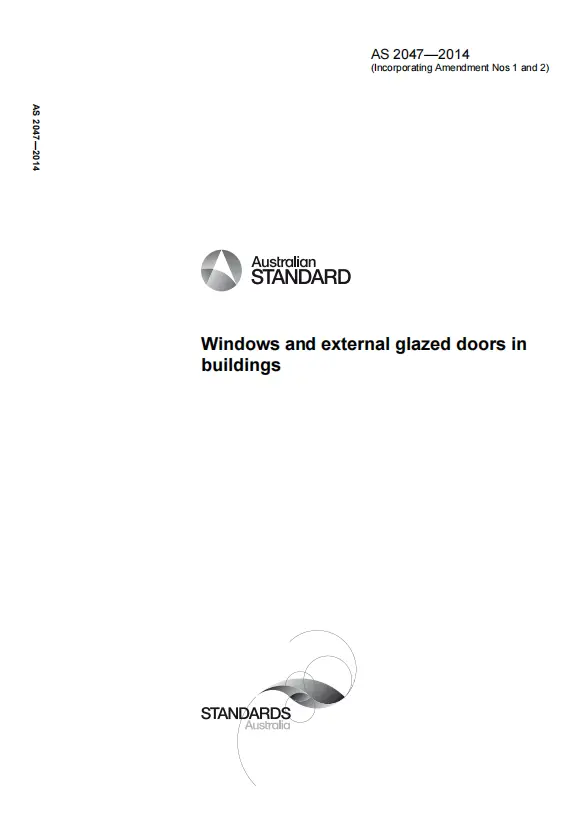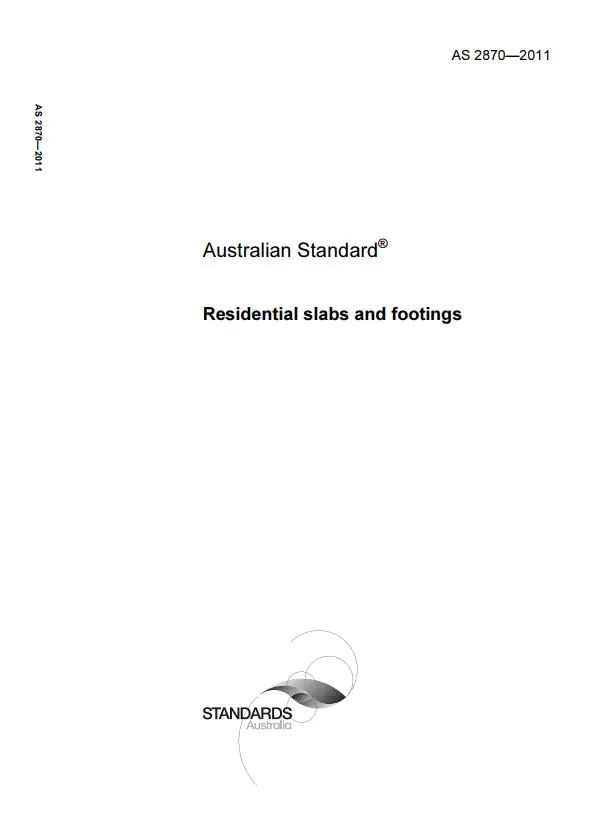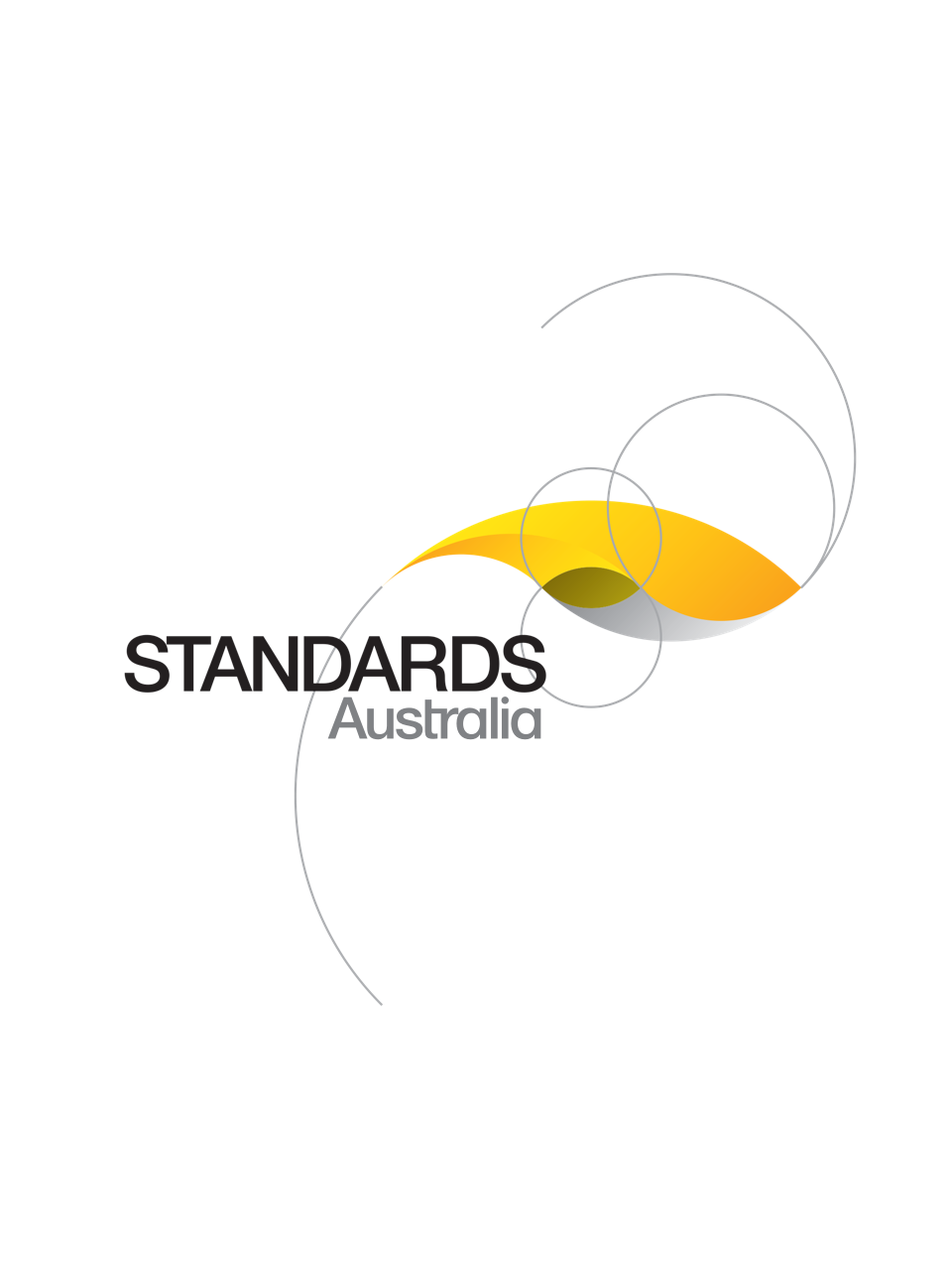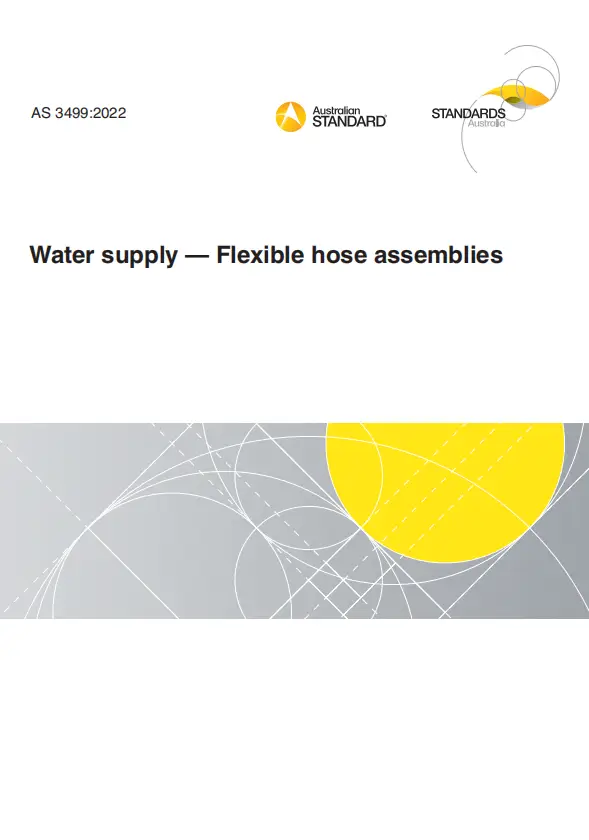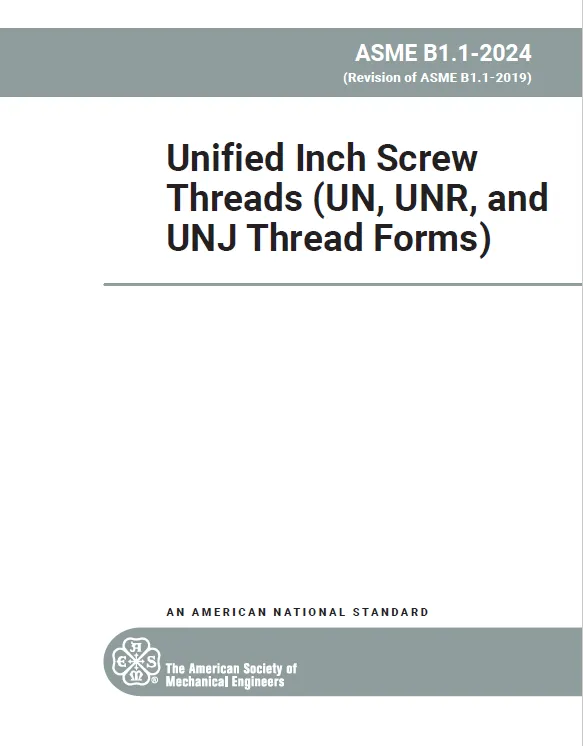AS 2047, 2nd, 2014 – Windows and external glazed doors in buildings
AS 2047 specifies requirements, materials, construction, installation and glazing for external
(a) windows;
(b) sliding and swinging glazed doors, including French and bi-fold doors;
(c) adjustable louvres;
(d) shopfronts; and
(e) window walls with one-piece framing elements.
NOTE: Window walls do not include curtain walls using stacked or vertically spliced framing systems, manufactured from any material and installed in external walls of all classes of buildings.
Throughout this Standard, the term ‘window(s)’ means window of any type, including louvre(s) and glazed door(s).
NOTES:
1 The window ratings or classifications differ from previous glass and window Standards due to the more accurate evaluation of the effect of wind conditions. They are based on either AS 1170.2, or the specific wind loading code developed for housing, AS 4055.
2 For information on wind loads applicable to windows covered by this Standard, see Appendix A.
3 Prefabricated bay windows that incorporate sloped glass are classified as windows in external walls.
4 For the performance specifications of building facades, see AS/NZS 4284. Conformance to the requirements of AS/NZS 4284 will be deemed to satisfy the requirements of this Standard, provided the windows have been tested to AS 4420.1 (operating force test).
5 The following are not covered by this Standard but should be checked with the National Construction Code (NCC) for compliance requirements:
(a) Internal doors.
(b) Revolving glazed doors.
(c) Fixed louvres.
(d) Skylights and roof lights and windows in other than the vertical plane.
(e) Windows in greenhouses and agricultural buildings.
(f) Frameless sliding and swinging doors.
(g) Windows constructed on site and architectural one-off windows, which are not design tested.
(h) Second-hand windows, re-used windows or recycled windows.
(i) Heritage windows for heritage buildings, as defined by the relevant State or Territory authority.
General Product Information:
| Committee |
BD-021 |
| Purchase Note |
All current amendments available at time of purchase are included with the purchase of this document |
| Document Type |
PDF |
| ISBN |
978 1 74342 839 9 |
| Pages |
72 |
| Document Language |
English |
| Publisher |
Standards Australia |
| Status |
Current |
Preview
Table of cotents
Preface
1 Scope and general
1.1 Scope
1.2 Normative references
1.3 Definitions
2 Performance
2.1 General
2.1.1 Performance criteria
2.1.2 Generic timber windows
2.2 Atmospheric environments
2.3 Window performance
2.3.1 Housing
2.3.1.1 General
2.3.1.2 Window ratings
2.3.1.3 Deflection/span ratio
2.3.1.4 Operating force
2.3.1.5 Air infiltration
2.3.1.6 Water penetration
2.3.1.7 Ultimate strength
2.3.2 Residential and commercial buildings
2.3.2.1 General
2.3.2.2 Design wind pressures
2.3.2.3 Deflection/span ratio
2.3.2.4 Operating force test
2.3.2.5 Air infiltration
2.3.2.6 Water penetration
2.3.2.7 Ultimate strength
2.3.3 Window energy rating
2.4 Verification of smaller or larger size products
2.5 Use and rating of window coupling systems
2.6 Substitution
3 Framing and finishes
3.1 Aluminium windows
3.1.1 Aluminium framing
3.1.1.1 Aluminium alloys
3.1.1.2 Extrusion alloys
3.1.1.3 Aluminium extrusions
3.1.1.4 Welding
3.1.1.5 Finishes
3.2 Timber windows
3.2.1 Timber framing
3.2.1.1 Durability
3.2.1.2 Sapwood susceptible to Lyctid borers
3.2.1.3 Moisture content
3.2.2 Permissible timber imperfections
3.2.2.1 Bow, spring and twist
3.2.2.2 Other imperfections
3.3 Unplasticized PVC (uPVC) windows
3.3.1 General
3.3.2 uPVC composition
3.3.3 Resistance to weathering
3.3.4 Impact strength
3.3.5 Recycled material
3.3.6 Tolerances
3.3.7 Inserts and external stiffeners
3.3.8 Additional considerations
3.4 Windows of other materials
3.4.1 Framing
3.4.1.1 General
3.4.1.2 Compatible materials
3.4.1.3 Tolerances
3.4.1.4 Finishes
4 Glazing
4.1 General
4.2 Glass
4.3 Glazing materials
5 Components
5.1 Hardware
5.2 Fasteners
5.2.1 Nails, screws and metal dowels
5.2.2 Adhesives
5.3 Weatherproofing
5.4 Security
5.5 Anchoring devices
6 Construction
6.1 General
6.2 Tolerances
6.3 Joints
6.4 Glazing
6.4.1 Glazed windows
6.4.2 Site glazing
6.5 Reveal linings
6.6 Flashings
7 Installation
7.1 Window selection
7.2 Installation
7.2.1 General
7.2.2 Flashing
7.3 Thermal and structural movement
7.3.1 General
7.3.2 Thermal movement
7.3.3 Structural movement
7.4 On-site care
8 Labelling and certificate
8.1 General
8.2 Labelling
8.3 Certificate
Appendix A
A1 Introduction
A2 Wind loads for housing
A2.1 General
A2.2 Local pressure effects near wall edge
A3 Wind loads for buildings other than housing
Appendix B
B1 General
B2 Durability
B2.1 General
B2.2 Atmospheric classifications
B3 Corrosion
Appendix C
Appendix D
D1 Anodizing
D2 Powder coating
D3 Liquid organic coating
D4 High-performance coating
Appendix E
Appendix F
F1 General
F2 Construction
Appendix G
Amendment control sheet
Bibliography

